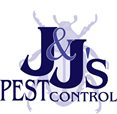
ANTS
Ants have a metamorphosis (complete metamorphosis ) life cycle. After hatching from an egg, ants begin life as larvae. The differentiation of the female castes (into queen and worker sub-castes) is largely determined by environmental factors such as:the amount and quality of food. temperature hormones produced by workers and the queen. Males usually develop from unfertilized eggs. Ants belong to the family Formicidae, which forms part of the order Hymenoptera. This order of insects also includes bees and wasps. Ants are ubiquitous. In fact around 15 000 species and subspecies of ants have been described world wide, with just over 1 300 known from Australia so far. Read More
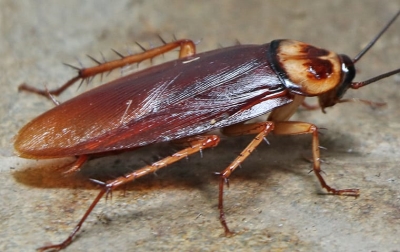
COCKROACHES
Cockroaches are one of the most commonly noted household pest insects. They feed on human and pet food and damage and can leave an offensive odor. They can also passively transport microbes on their body surfaces including those that are potentially dangerous to humans, particularly in environments such as hospitals. Cockroaches infestations have been shown to be linked with allergic reactions in humans. One of the proteins that triggers allergic reactions has been identified as tropomyosin. These allergens have also been found to be linked with asthma. Read More
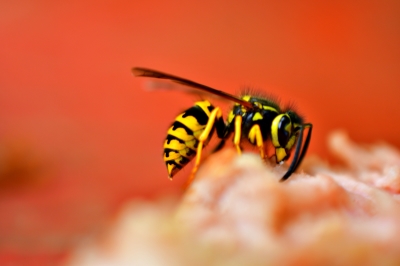
FLEAS AND WASPS
Fleas are a type of wingless parasite found worldwide. They feed off the blood of humans and animals such as dogs and cats. Since fleas use a wide range of hosts, diseases can be transferred from one host to another. Fleas are known to transmit tapeworm larvae and, uncommonly, the disease murine typhus. They are most notorious for transmitting bubonic plague from wild rodents to humans in certain parts of the world (not Australia).
There are three main species of flea that infest humans: Cat flea (Ctenocephalides felis), Dog flea (Ctenocephalides canis), Human flea (Pulex irritants). The cat and dog flea are common in Australia. A flea bite is intensely itchy and secondary infections caused by scratching are common. Read More

TERMITES
Termites live in colonies and feed on the cellulose in wood. They perform a vital function in nature, however once termites move into your house, they can cause significant damage both structurally and financially. If termites enter your house, you should eliminate them as soon as possible. Effective termite programs involve three steps: Identification, Elimination, and Prevention. Read More

BUGS
Bed bugs are small non-flying insects with a flat oval shape about the size of an apple pip. Their flattened body allows them to squeeze into small cracks and crevices and as a result they can be hard to detect and eradicate. They are blood-sucking insects that require blood for nutrition and development. In Australia there are two species, the common bed bug, Cimex lectularius, and the tropical bed bug, Cimex hemipterus. The type will depend on the location of the property affected. Fortunately the two species are similar and the same control strategies can be used for both. Read More
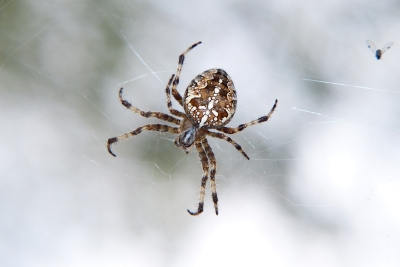
SPIDERS
White-tailed Spiders have a dark reddish to grey, cigar-shaped body (males about 12 mm, females up to 18 mm long) and dark orange-brown banded legs. It is found across southern Australia, south east Queensland, New South Wales, Victoria, Tasmania, Western Australia). Read More
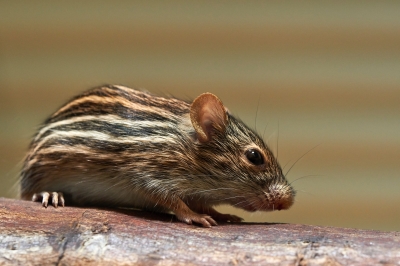
RODENTS
Rodentia is an order of mammals also known as rodents, characterized by two continuously-growing incisors in the upper and lower jaws which must be kept short by gnawing. Forty percent of mammal species are rodents, and they are found in vast numbers on all continents other than Antarctica. Common rodents include mice, rats, squirrels, chipmunks, gophers, porcupines, beavers, hamsters, gerbils, guinea pigs, degus, chinchillas, prairie dogs, and groundhogs. Read More
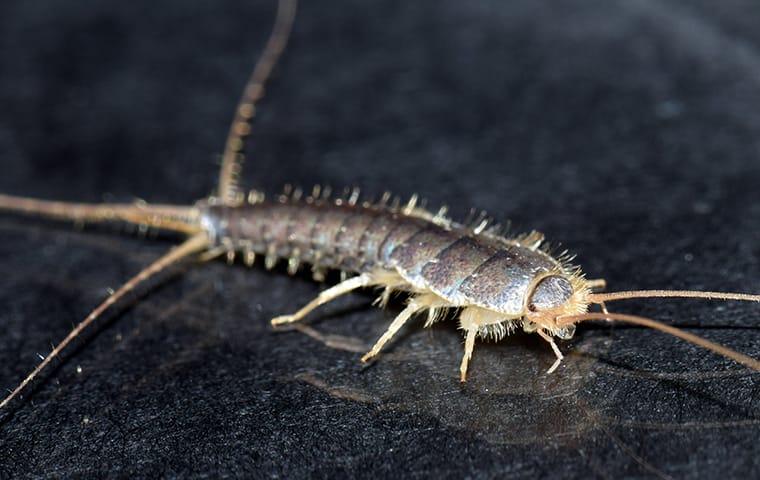
SILVERFISH
Silverfish is a small, wingless insect typically measuring from a half to one inch (12–25 mm). Its common name derives from the animal’s silvery blue color, combined with the fish-like appearance of its movements, while the scientific name indicates the silverfish’s diet of carbohydrates such as sugar or starches. Read More
